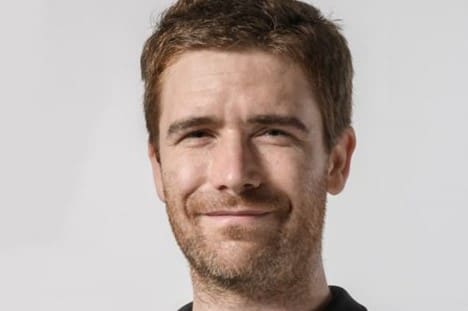
A prominent climate scientist has come forward and admitted his role in deceiving the public on “climate change.” At the same time, he also exposed the inordinate power woke editors at scientific magazines have over the careers of actual scientists.
Patrick T. Brown, a lecturer at Johns Hopkins University and doctor of earth and climate sciences, wrote in the Free Press that climate science must now fit into “pre-approved narratives” to receive publication by notable scientific journals. He also revealed that he omitted a key fact regarding climate change and fires in a recent paper for one of these journals.
Brown opens his piece by citing examples from AP, Bloomberg, the New York Times, and PBS, blaming wildfires in Canada, Europe, and Maui solely on climate change.
The scientist then goes on to explain that he had a recent academic paper published in Nature, a leading scientific journal. He wrote the piece in a way to pacify the woke editors who cared more about pushing a narrative rather than the truth.
The paper I just published—’Climate warming increases extreme daily wildfire growth risk in California’—focuses exclusively on how climate change has affected extreme wildfire behavior. I knew not to try to quantify key aspects other than climate change in my research because it would dilute the story that prestigious journals like Nature and its rival, Science, want to tell.
By focusing solely on climate change, Brown admitted he ignored a highly critical fact regarding wildfires: 80 percent of them are caused by humans. This completely blows up the fraudulent narrative the corporate media has perpetuated on the American people.
Brown goes on to lament the extensive influence these far-left editors at magazines like Nature and Science have on actual scientists. Because of this, climate science has become utterly worthless and only serves to advance the whims of the left.
This matters because it is critically important for scientists to be published in high-profile journals; in many ways, they are the gatekeepers for career success in academia. And the editors of these journals have made it abundantly clear, both by what they publish and what they reject, that they want climate papers that support certain preapproved narratives—even when those narratives come at the expense of broader knowledge for society.
To put it bluntly, climate science has become less about understanding the complexities of the world and more about serving as a kind of Cassandra, urgently warning the public about the dangers of climate change. However understandable this instinct may be, it distorts a great deal of climate science research, misinforms the public, and most importantly, makes practical solutions more difficult to achieve.
Brown further elaborates that scientists who do not strictly abide by the editors’ wishes risk not getting their work published, losing out on a wide audience and potential funding at universities in the process. Brown also reveals that he has been a victim of this bullying.
When I had previously attempted to deviate from the formula, my papers were rejected out of hand by the editors of distinguished journals, and I had to settle for less prestigious outlets.
The climate scientist closes by calling on the media to stop accepting these articles at “face value” and for researchers to start standing up to these editors.
The media, for instance, should stop accepting these papers at face value and do some digging on what’s been left out.
The editors of the prominent journals need to expand beyond a narrow focus that pushes the reduction of greenhouse gas emissions. And the researchers themselves need to start standing up to editors, or find other places to publish.

